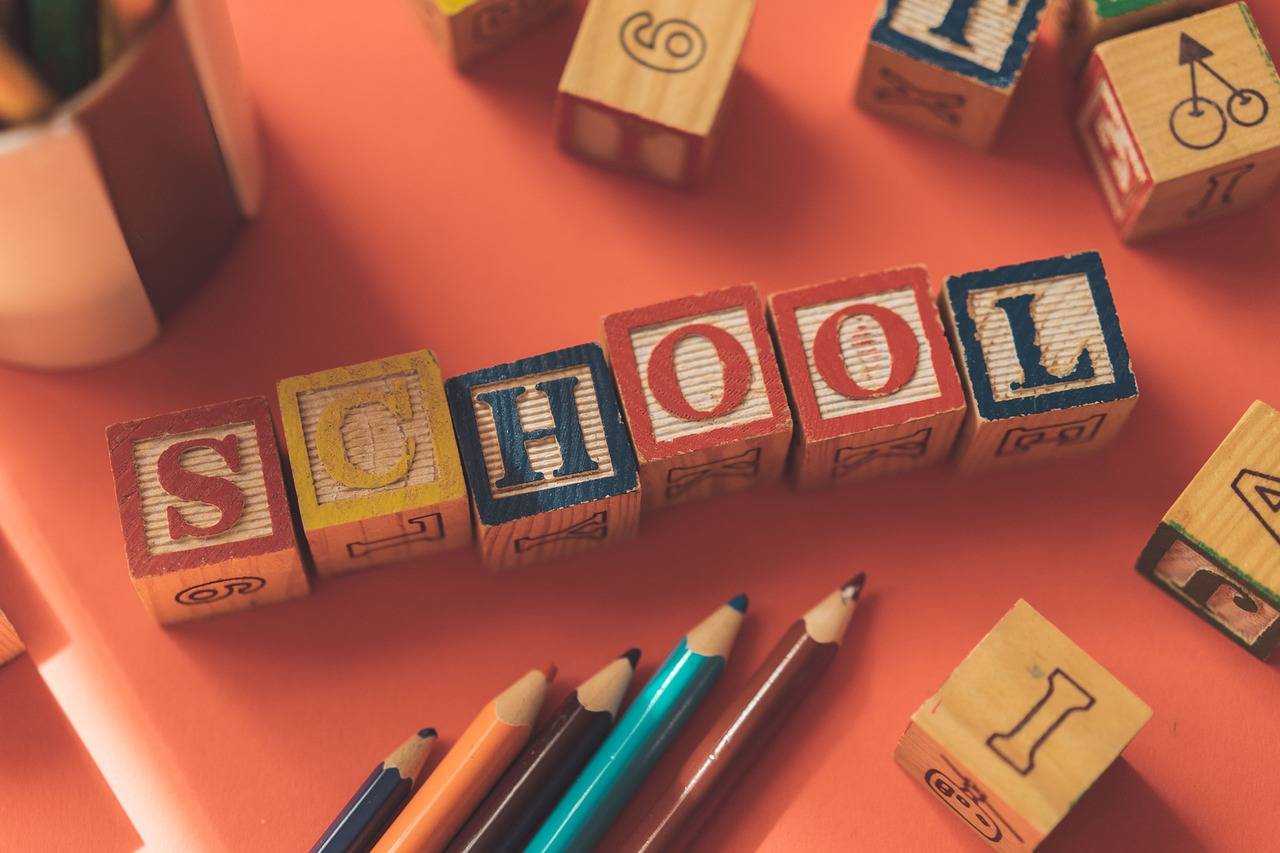Assessing the Effectiveness of Flipped Classroom Models
Flipped classroom models have gained popularity in recent years as an alternative approach to traditional teaching methods. In this model, students are introduced to new content outside of the classroom through videos, readings, or online activities. This allows for more interactive and engaging class time where students can apply their knowledge, ask questions, and work on hands-on activities under the guidance of the teacher.
One key aspect of the flipped classroom model is the emphasis on student-centered learning. By allowing students to learn new material at their own pace outside of class, the classroom time can be utilized for discussions, collaborations, and practical applications of the concepts. This shift from a teacher-centered to a student-centered approach promotes active learning and critical thinking skills among students, fostering a more engaging and dynamic learning environment.
History and Evolution of Flipped Classroom Models
Flipped classroom models trace back to the early 2000s when teachers began experimenting with reversing the traditional format of teaching. By shifting the delivery of direct instruction outside of the classroom through video lectures or readings, educators aimed to optimize valuable in-class time for deeper learning activities such as discussions, collaborative projects, and hands-on experiments. This approach aimed to enhance student engagement, critical thinking, and mastery of the material through active participation and application.
Over the years, the concept of flipped classrooms has evolved and adapted to meet the changing needs and technologies in education. As online platforms and digital resources became more accessible, teachers explored diverse ways to personalize learning experiences for students. This evolution led to the incorporation of interactive tools, formative assessments, and adaptive learning technologies to cater to individual learning styles and pace. The continuous development of flipped classroom models continues to revolutionize traditional teaching methods and foster a more student-centered approach to education.
What is the basic concept of a flipped classroom model?
In a flipped classroom model, students engage in self-paced learning outside of class, typically through watching pre-recorded lectures or completing assignments. Class time is then used for interactive activities, discussions, and application of concepts.
How has the flipped classroom model evolved over time?
The flipped classroom model has evolved to incorporate a variety of digital tools and resources, including online platforms for content delivery, interactive quizzes, and collaborative projects. Educators have also experimented with different ways to structure in-class activities to enhance student engagement and learning outcomes.
What are the benefits of using a flipped classroom model?
Some of the benefits of using a flipped classroom model include increased student engagement, personalized learning experiences, improved retention of material, and opportunities for more individualized instruction and support.
Are there any challenges associated with implementing a flipped classroom model?
Yes, some of the challenges associated with implementing a flipped classroom model include ensuring that students have access to the necessary technology and resources, managing time effectively both inside and outside of class, and addressing differences in learning styles and preferences among students.
How can educators effectively implement a flipped classroom model?
Educators can effectively implement a flipped classroom model by carefully selecting and organizing digital resources, providing clear instructions and expectations for students, creating opportunities for active learning and collaboration during class time, and regularly assessing student progress and understanding.





